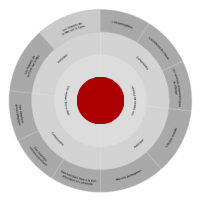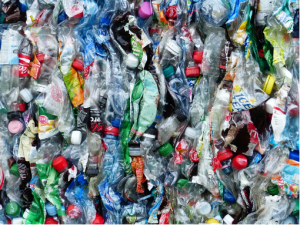Références
- UNESCO World Water Assessment Program. "United Nations World Water Development Report 2023: partnerships and cooperation for water; executive summary". Italy. 2023.
- Idem.
- Ibid.
- Ministry of Equipment and Water - General Directorate of Hydraulics "Drinking Water Supply and Irrigation Program (2020-2027)". Last consulted: 24-07-2023.
- Gaudiaut Tristan. "Démographie : quelles seront les prochaines mégapoles ?". Statista. January 2023.
- Internal Displacement Monitoring Center (IDMC). "2018 Global Report on Internal Displacement". May 2018.
- Internal Displacement Monitoring Center (IDMC). “2023 Global Report on Internal Displacement”. 2023.
- Clement, Viviane; Rigaud, Kanta Kumari; de Sherbinin, Alex; Jones, Bryan; Adamo, Susana; Schewe, Jacob; Sadiq, Nian; Shabahat, Elham. “Groundswell Part 2: Acting on Internal Climate Migration”. World Bank, Washington, D.C.: 2021.
- Antonio Ragusa, et alii. "Plasticenta: First evidence of microplastics in human placenta", in Environment International, Volume 146, 2021.
- World Economic Forum, Ellen MacArthur Foundation and McKinsey & Company. “The New Plastics Economy: Rethinking the future of plastics”. 2016.
- The Pew Charitable Trusts and SYSTEMIQ. “Breaking the Plastic Wave: A Comprehensive Assessment of Pathways Towards Stopping Ocean Plastic Pollution”, 2020
- Babayemi, J.O., Nnorom, I.C., Osibanjo, O. et al. 2019. “Ensuring sustainability in plastics use in Africa : consumption, waste generation, and projections”. Environ Sci Eur 31, 60 -201
- Moroccan Plastics Industry Federation. “Le marché de la plasturgie au Maroc, un secteur en fort développement”. Federation website. Last consulted: 31-07-2023.


